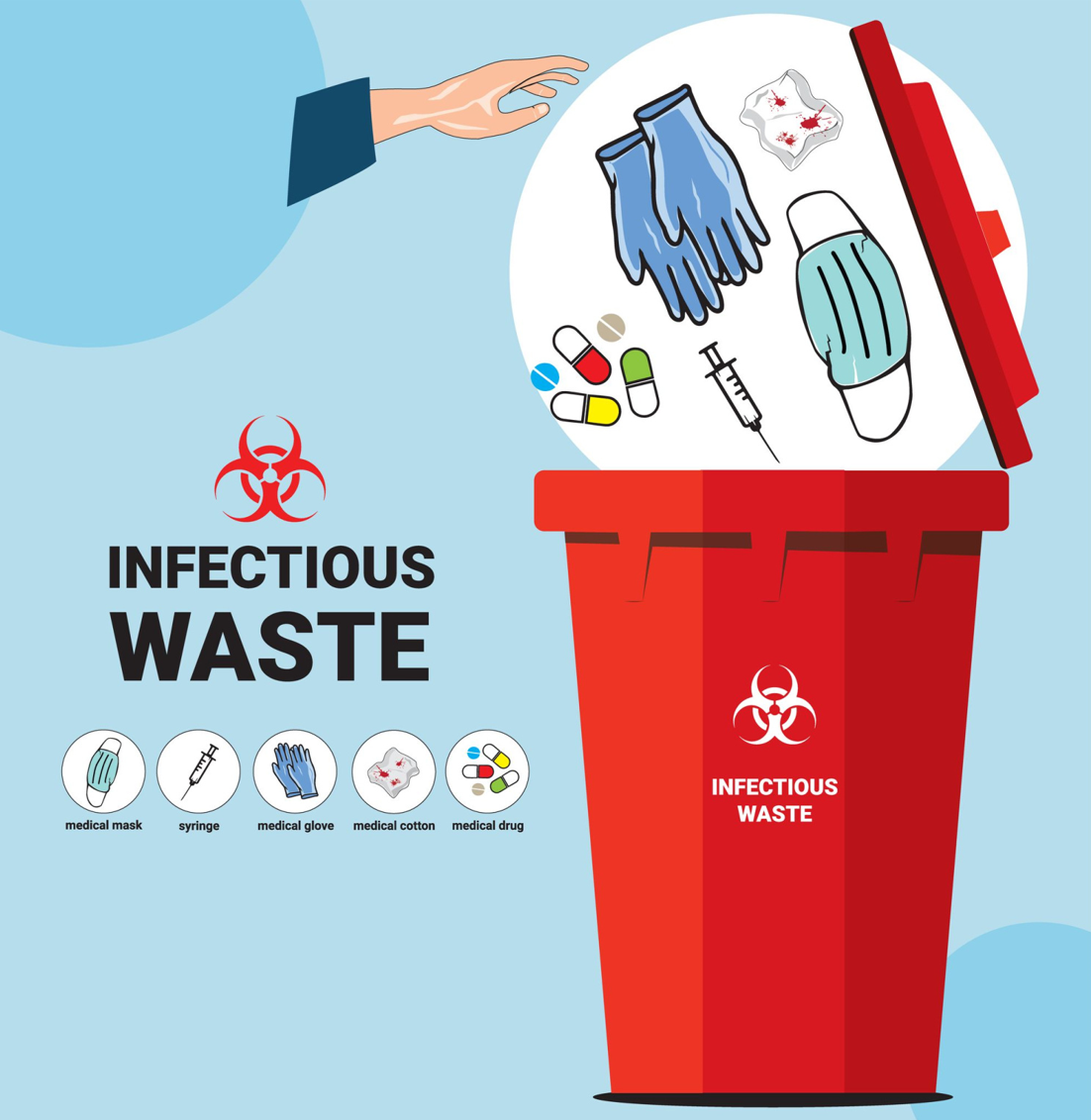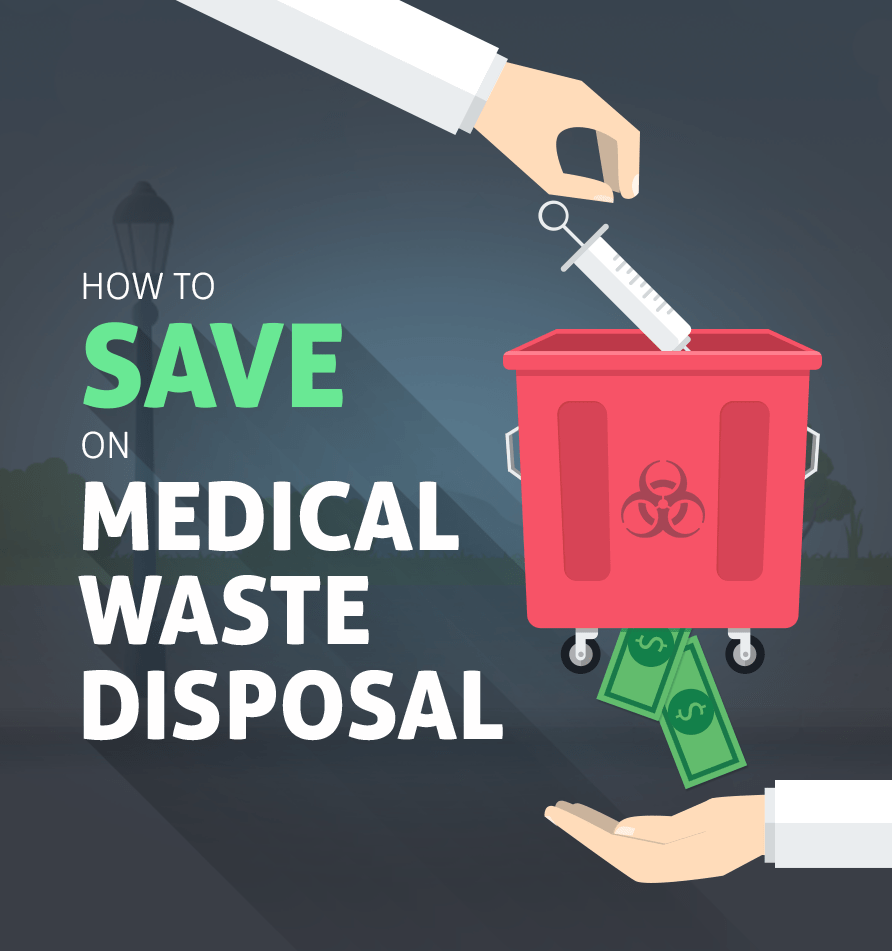Lasting Solutions for Medical Garbage Disposal
The appropriate administration and disposal of medical waste is critical in maintaining a lasting and risk-free health care system. This introduction will explore various lasting solutions for medical waste disposal, including waste segregation and sorting, on-site waste therapy systems, reusing and reuse programs, waste-to-energy conversion technologies, as well as partnership and education efforts.
Waste Partition and Arranging
The procedure of waste partition and sorting is important in ensuring appropriate monitoring and disposal of medical waste. Clinical waste is categorized into various groups based upon its potential threat to human health and the atmosphere. Proper partition and sorting of waste assistance to minimize the risk of contamination and make certain that each kind of waste is taken care of and gotten rid of properly.
The primary step in waste partition and sorting is to recognize and divide different kinds of clinical waste at the factor of generation. This includes acknowledging the different classifications of waste, such as transmittable waste, sharps waste, pharmaceutical waste, and chemical waste. medical waste removal service. Each group requires particular handling and disposal methods to stop damage to health care workers, clients, and the setting

On-site Waste Therapy Solutions
Continuing from the previous subtopic on waste partition and sorting, a reliable solution for lasting medical waste disposal is the execution of on-site waste treatment systems - medical waste disposal. These systems permit healthcare centers to treat their clinical waste on-site, reducing the demand for transport and disposal at off-site facilities. On-site waste treatment systems usually include technologies such as autoclaves, microwave systems, or chemical disinfection devices
Autoclaves, commonly utilized in medical care setups, use high-pressure heavy steam to disinfect and treat clinical waste. This process efficiently eliminates germs, viruses, and other possibly hazardous bacteria, making the waste safe for further handling and disposal. Microwave systems, on the various other hand, usage microwave radiation to warmth and treat the waste, attaining similar results to autoclaves.
Chemical disinfection systems entail making use of chemicals to disinfect and deal with medical waste. These systems can use numerous disinfectants, such as chlorine-based options, to neutralize microorganisms and minimize the risk of contamination. The cured waste can then be securely taken care of in routine waste streams or go through additional therapy, such as shredding or incineration.
Implementing on-site waste treatment systems uses several benefits. It decreases the environmental impact associated with carrying medical waste to off-site facilities, lessening carbon discharges and the risk of mishaps during transportation. In addition, it gives medical care centers with more control over the therapy process, making sure compliance with laws and reducing the capacity for unapproved access to delicate clinical waste.
Recycling and Reuse Programs
To even more boost lasting medical garbage disposal practices, medical care facilities can apply recycling and reuse programs, building on the foundation of on-site waste therapy systems. Reusing and reuse programs use an added layer of ecological obligation by drawing away clinical waste from garbage dump and finding alternate usages for sure materials.
One trick aspect of reusing and reuse programs is the partition of waste at the resource. medical waste removal. By carrying out appropriate waste partition methods, healthcare facilities can divide recyclable products, such as plastics, metals, and WasteX Medical Waste Disposal glass, from non-recyclable waste. This enables the reliable recycling of these products, minimizing the demand for virgin resources and lessening the ecological effect of medical waste disposal
Along with recycling, medical care centers can explore opportunities for recycling specific clinical products. Single-use things like medical drapes and gowns can be sanitized and recycled, decreasing the need for brand-new materials and reducing waste generation. Reusable sharps containers can additionally be employed, minimizing the quantity of plastic waste produced from non reusable containers.
Executing recycling and reuse programs requires correct framework and training - WasteX Medical Waste Disposal. Healthcare facilities should invest in proper recycling bins, segregation systems, and sterilization equipment, along with ensure staff are educated on correct waste management practices
Waste-to-Energy Conversion Technologies
One potential method to attend to medical waste disposal sustainably is through the usage of waste-to-energy conversion innovations. These modern technologies supply a promising service to the growing issue of clinical waste, which poses substantial environmental and public health and wellness threats. Waste-to-energy conversion involves transforming the organic components of medical waste right into energy, such as heat or power, with different procedures like pyrolysis, gasification, and incineration.
Incineration is the most commonly utilized waste-to-energy modern technology for medical garbage disposal - WasteX Medical Waste Disposal. It entails the controlled burning of waste at heats, converting it into ash, gases, and warmth. This warm can be used to create vapor, which can then be converted right into electrical power
Pyrolysis and gasification are newer innovations that provide more eco friendly choices to incineration. Pyrolysis involves warming the waste in the absence of oxygen, causing the production of gases and char. Gasification, on the other hand, transforms waste into an artificial gas or "syngas" that can be utilized as a fuel for electricity generation or other commercial procedures.
These waste-to-energy conversion innovations not only minimize the quantity of medical waste however additionally offer a resource of renewable resource. Furthermore, they can help in reducing greenhouse gas emissions and dependence on fossil fuels (WasteX Medical Waste Disposal). Nonetheless, it is very important to ensure that these modern technologies are applied with proper discharges manage actions to reduce any kind of possible unfavorable influence on air top quality and public wellness.
Cooperation and Education And Learning Initiatives
Partnership amongst stakeholders in the healthcare industry is essential for implementing lasting remedies for medical garbage disposal. In order to successfully attend to the difficulties related to medical waste monitoring, it is important for healthcare facilities, waste administration companies, regulators, and other relevant parties to collaborate.

Moreover, education initiatives play an essential function in promoting sustainable methods. Medical care professionals need to be aware of the ecological influence of improper waste management and the relevance of executing lasting solutions. Educating programs and academic materials can aid them recognize the appropriate partition of waste, using environment-friendly options, and the benefits of waste-to-energy conversion technologies.
Partnership and education can also assist in the development of laws and guidelines for clinical waste disposal. By functioning with each other, stakeholders can add to the production of thorough plans that guarantee secure handling, transportation, and treatment of clinical waste.
Verdict
Finally, embracing lasting options for medical waste disposal is crucial in order to reduce the unfavorable influences on the environment and public wellness. Waste partition and sorting, on-site waste therapy systems, recycling and reuse programs, waste-to-energy conversion technologies, and collaboration and education efforts are very important strategies to accomplish this goal. Executing these solutions calls for partnership in between medical care facilities, waste management business, and federal government firms, in addition to constant education and learning and understanding campaigns.
The process of waste partition and sorting is crucial in ensuring appropriate monitoring and disposal of clinical waste.The initial step in waste segregation and sorting is to recognize and separate different kinds of clinical waste at the point of generation. This involves acknowledging the various classifications of waste, such as transmittable waste, sharps waste, pharmaceutical waste, and chemical waste.Continuing from the previous subtopic on waste partition and sorting, an effective solution for sustainable medical waste disposal is the implementation of on-site waste therapy systems. The treated waste can then be safely disposed of in routine waste streams or go through further therapy, such as shredding or incineration.